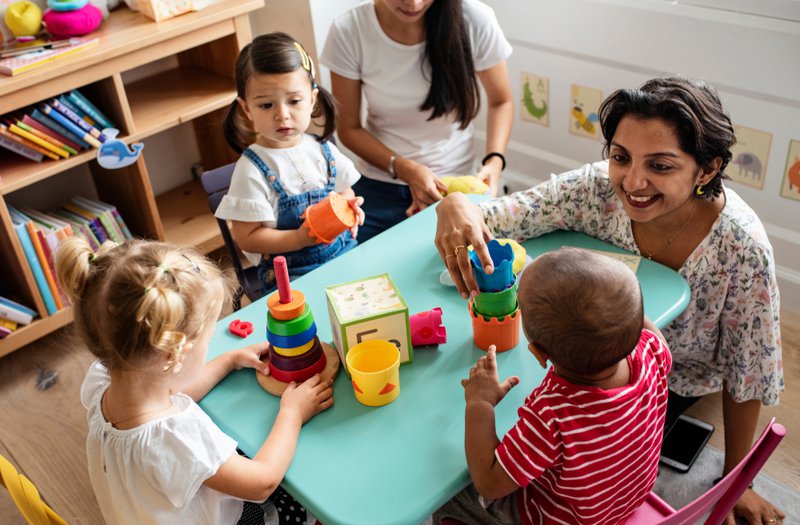It's Not Babysitting: See ECE Teachers in Action
Videos that demonstrate the complexity of an early childhood educator's job
Collection

April 15, 2020
Research shows that teaching and learning environments for young children are most effective when they are based on findings from the science of child development, which include but are not limited to the provision of opportunities for children to engage in hands-on exploration, question-asking, and discovery; positive relationships and enriching back-and-forth social interactions; and targeted and personalized instruction that is tailored to a child's specific needs, growth, and development across multiple domains and subject areas.
What does this look like in practice? The videos below help to answer this question and point to the sophistication of the job of early childhood educator. These videos make the case for why educators working with children, birth to five, need increased credentials that equip them with specialized knowledge of how young children learn and develop. And, they help illustrate why educators should have compensation on par with their elementary educator peers. To realize these ideas, we need ways to untangle the knot that has slowed progress to transform the early childhood education field thus far and figure out how to finance a sustainable, equitable system that centers on providing high-quality programs and experiences for our youngest learners.
The videos below come from various organizations and programs and include never before seen footage captured during the filming of No Small Matter. We will continue to add videos to this page. For other resources and writing on promoting young children’s growth and discovery, check out this New America collection page.
For more resources on Early & Elementary Education, please sign up for our weekly Early Ed newsletter or visit our website.